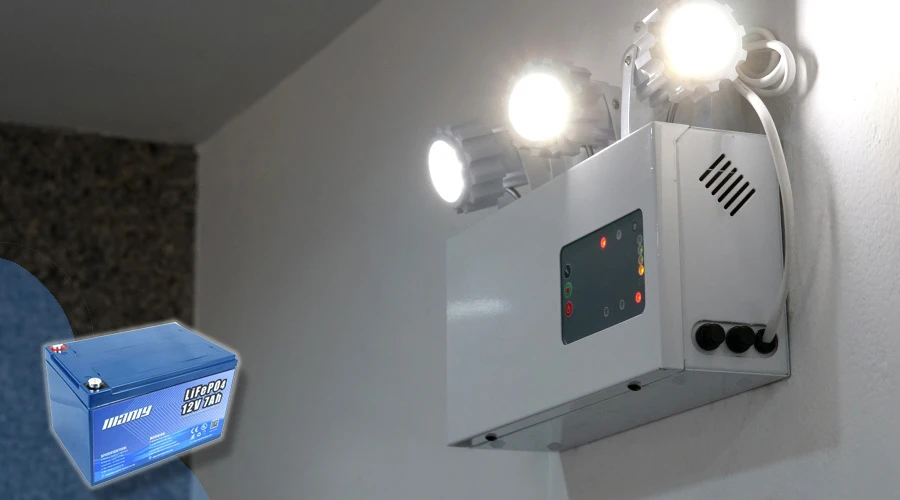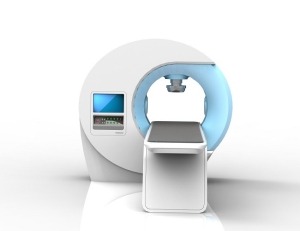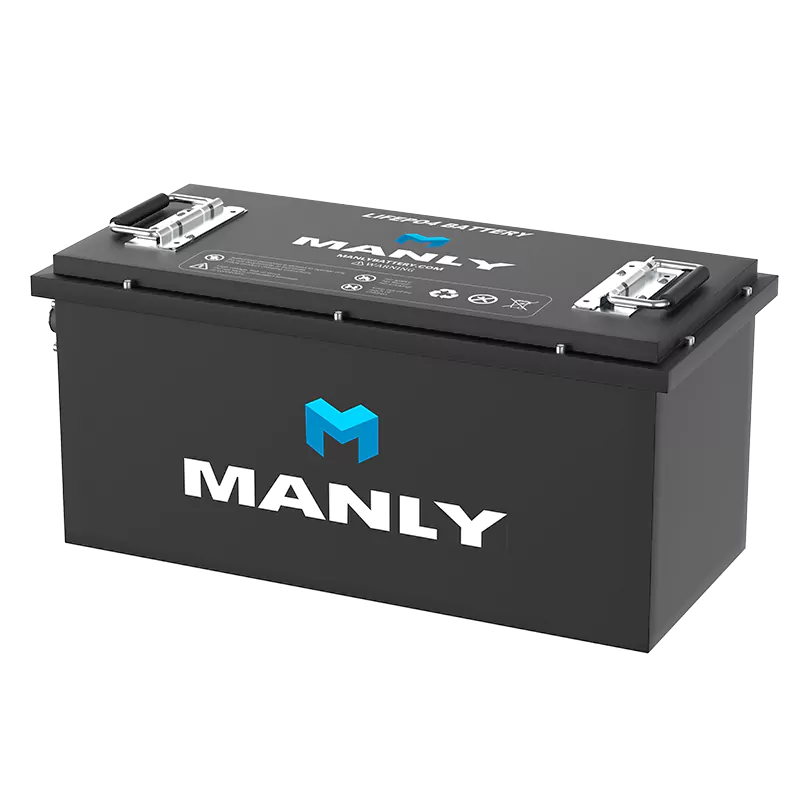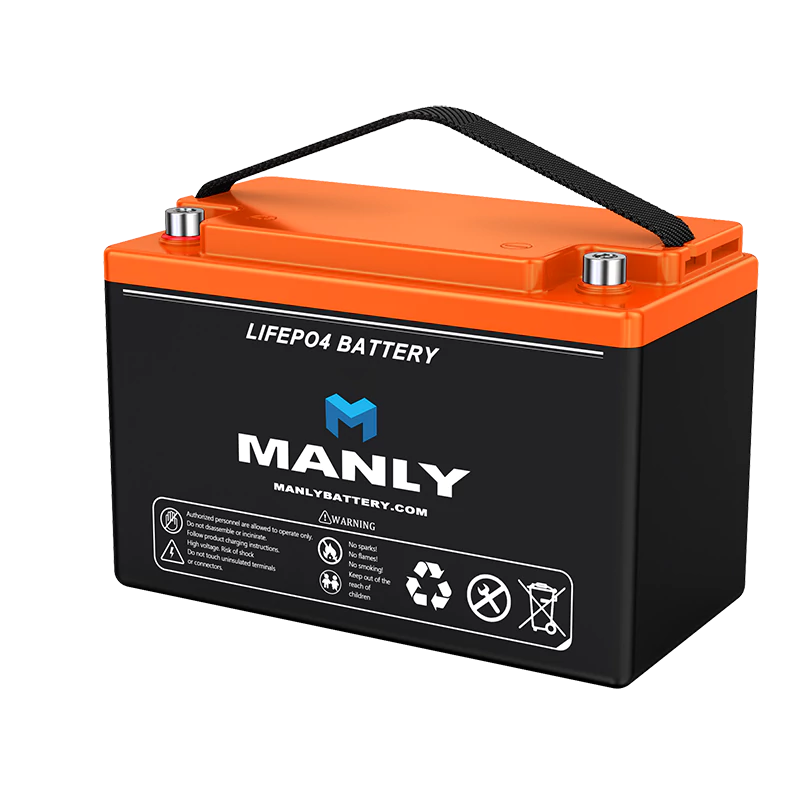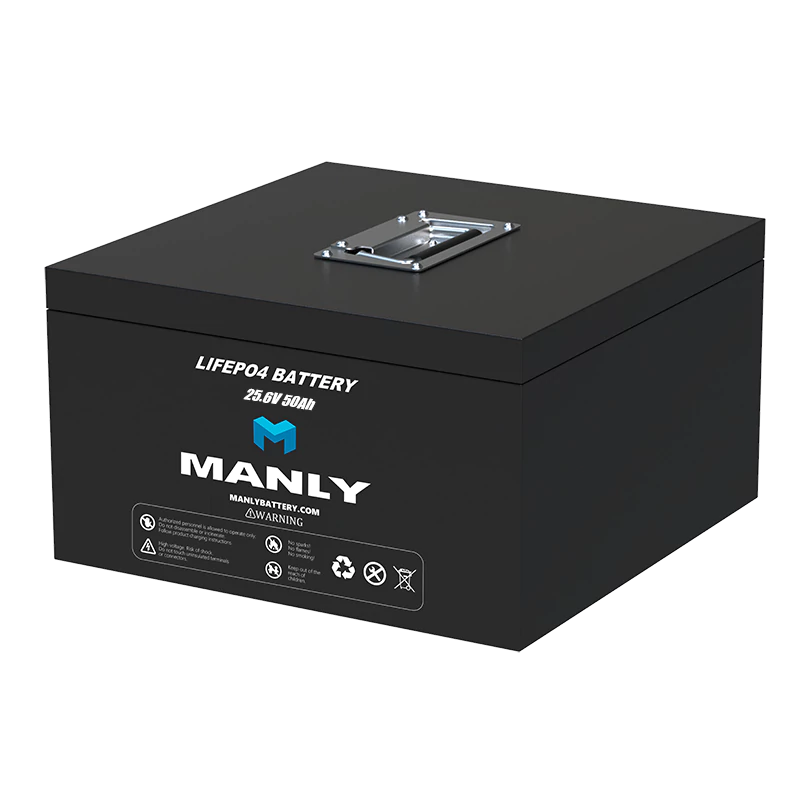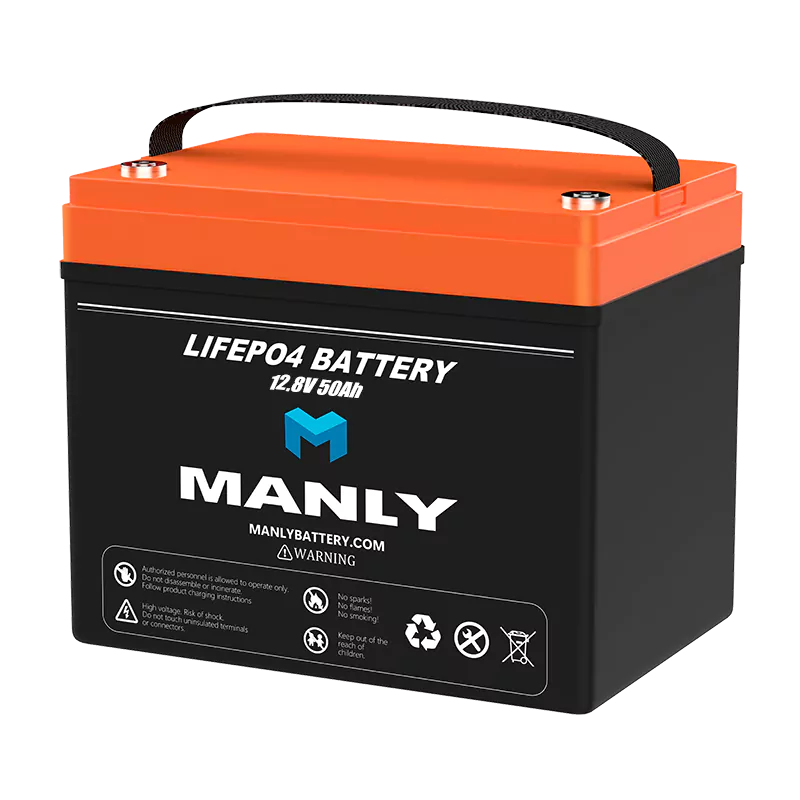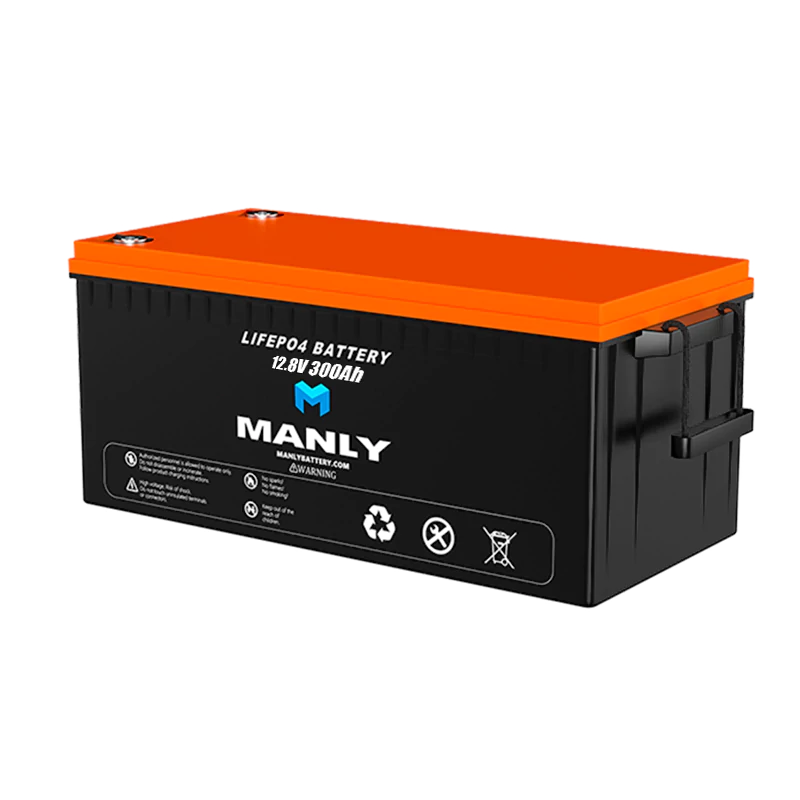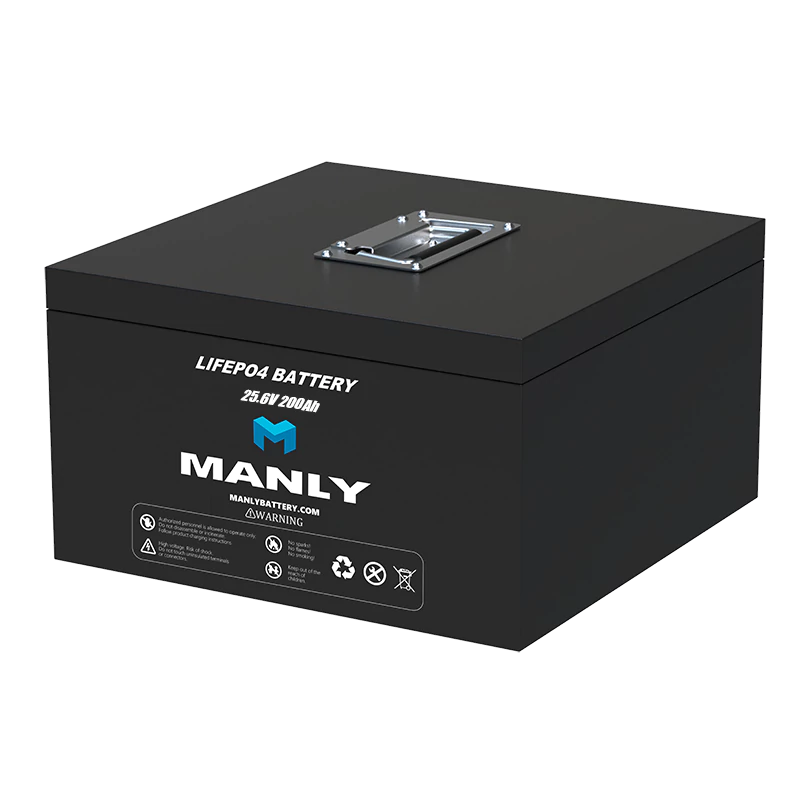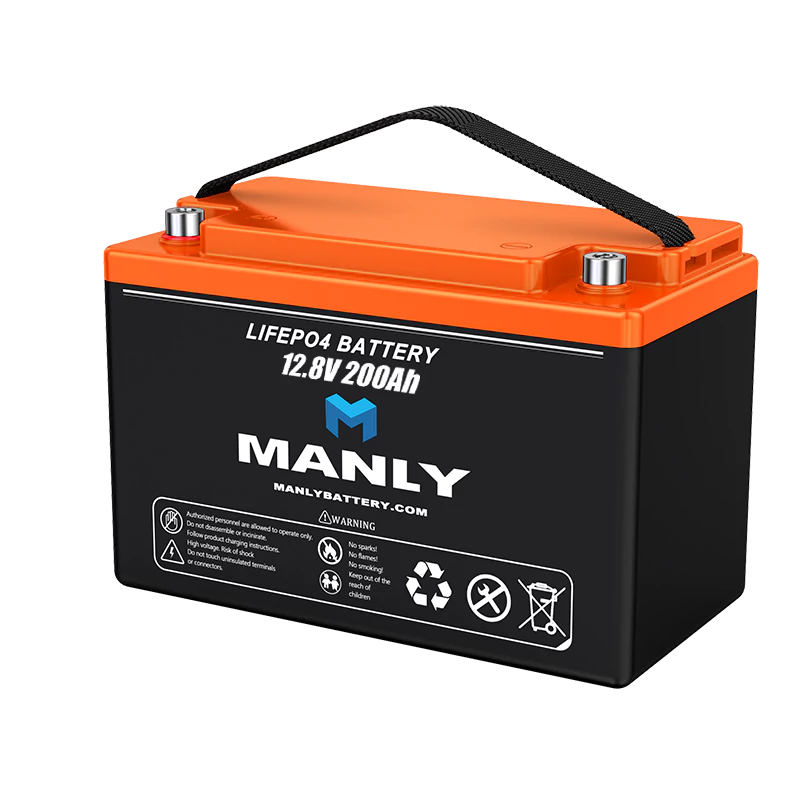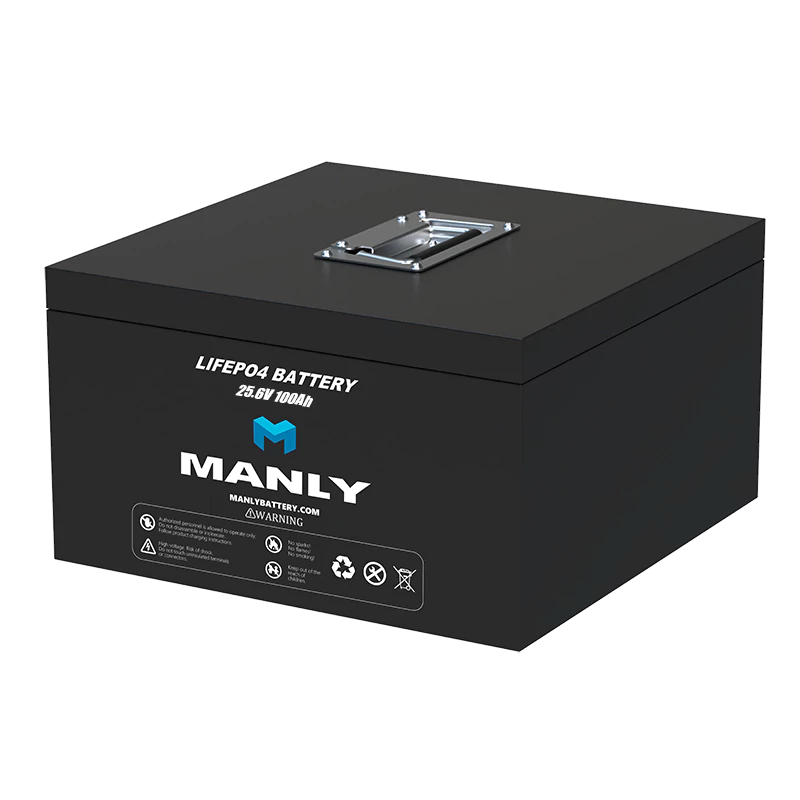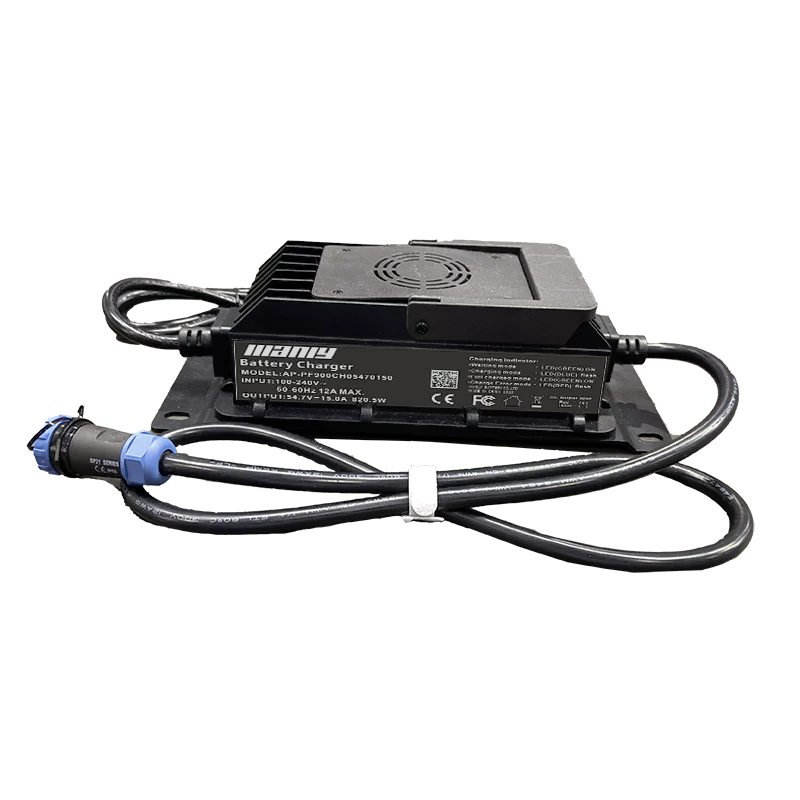2023 Emergency Light Battery Selection Guide
Table of Contents
- 2023 Emergency Light Battery Selection Guide
- Charging & Energy Use in Emergency Lights
- Types of Emergency Lighting Batteries
- Costs of LFP Batteries in Emergency Lighting
- Changing Batteries vs. Fixtures in Emergency Lights
- Top Batteries for Emergency Lighting
- FAQS
- How to Replace Emergency Light Batteries?
- How Long Do Emergency Light Batteries Last?
- How Often Should Emergency Light Batteries Be Replaced?
- Residential Energy Storage: A Guide to Efficient and Sustainable Power 2024
- Huawei Mate XT ULTIMATE DESIGN: The Future of Foldable Smartphones
- What is an energy storage system?
- Basic knowledge of medical devices
